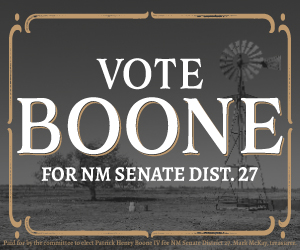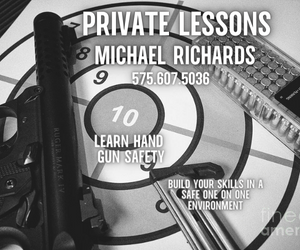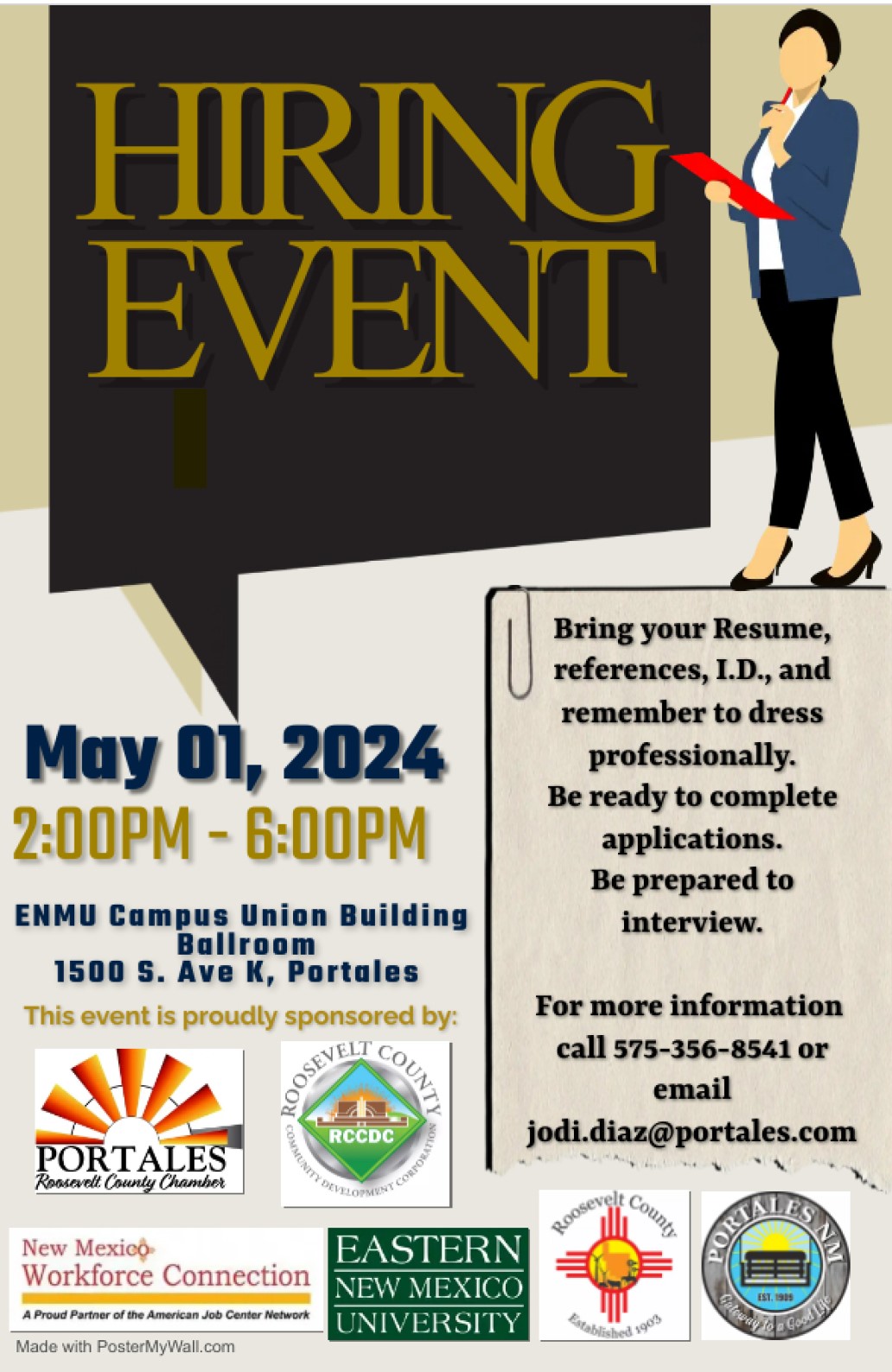After 2 mass shootings in early August left more than 30 dead in Dayton, OH and El Paso, TX in less than 24 hours, the U.S. had officially seen more mass shootings than days in 2019.
These tragedies came just three months after the nation mourned the 20th anniversary of the mass shooting at Colorado’s Columbine High School. That shooting claimed the lives of 12 students and one teacher in the first mass attack in an American school. Since Columbine however, mass shootings have become increasingly common in America. Clovis even experienced its own tragedy 2 years ago this month. It almost feels like we aren’t safe anywhere anymore. We’ve all learned to seek out exit strategies when we are in public, including places that should be safe, like our churches. The safety of our families and ourselves is at the forefront of our minds now, as we walk among strangers. Sadly, because these tragedies have become all so common, we live in fear.
Mass shootings have become a target for politicians and interest groups who seek to prevent the multiple deaths of people often targeted at random. Because it is such a common fear among people now, especially with the reminder of these heinous acts knocking on our back door in a place like El Paso, we wanted to share some mass shooting statistics with you, and the most talked about strategies to preventing these occurrences.
As of August 6, 2019, the U.S. has experienced 283 mass shootings. The death count is well above 200 in these shootings, and the injury count is more than double.
The statistics are staggering when you consider innocent lives have been lost at the hands of disturbed individuals. So, here are some most talked about strategies for stopping mass shootings:
BAN ASSAULT WEAPONS
Would it work? Likely.
Though some experts doubt the results of assault weapon bans, many see it as an appropriate step to keeping the highly lethal weapons beyond reach for good and bad individuals alike.
The last federal ban on assault weapons was passed by Congress in 1994 to combat mass shootings, which fell significantly over the 10 years the law was in place.
Though lawmakers didn’t specifically define an “assault weapon,” they made 18 weapons illegal to manufacture, which did not affect the assault firearms already owned by Americans.
After the law expired, researchers at the University of Pennsylvania expressed in a federally funded report that the ban’s overall effect was unimpressive.
“Should it be renewed, the ban’s effects on gun violence are likely to be small at best and perhaps too small for reliable measurement,” said the report, which the Department of Justice commissioned.
“Bans on assault weapons can both reduce the mayhem from and perhaps even reduce the frequency of these lethal crimes,” Professor John J. Donohue III, a lead researcher on mass shootings at Stanford University said. “We see from diaries of the mass shooters that they see the AR-15 or some such as the vindication of their manhood and power and a vehicle for addressing their perceived grievances.”
Fixing the “gun culture that steeps troubled and ineffectual men in this notion of redemption through violence and then makes the most deadly weaponry available to them” would have a direct effect on the rates of mass shootings, Donohue said.
BAN HIGH-CAPACITY MAGAZINES
Would it work? Likely.
Banning high-capacity magazines seems likely to significantly decrease the number of fatalities a shooter could inflict in a single attack, and increase chances for bystanders to intervene when the shooter is caught off guard, according to experts.
“Nearly every mass shooting illustrates that large capacity magazines can increase the death toll and that forcing a shooter to reload more frequently can provide opportunities for counter-attack by those around,” Donohue said.
Donohue added: “Accordingly, a ban on high capacity magazines is absolutely essential if one wants to reduce the loss of life from active shooter scenarios, and bans on assault weapons can both reduce the mayhem from and perhaps even reduce the frequency of these lethal crimes.”
UNIVERSAL BACKGROUND CHECKS
Would it work? Likely.
Currently, laws only require background checks from licensed firearms dealers.
Research shows states that require background checks on all gun sales had 35% fewer gun deaths per capita between 2009 and 2012 and research from the nonpartisan Rand Corporationestimates universal background checks could prevent 1,100 homicides per year.
“A first line of defense would ensure that all felons and anyone with a demonstrated record of violence or misuse of guns should be prohibited from any form of gun possession,” Professor Donohue said. “Much more effort needs to be made to ensure that these individuals are recorded into the background check system to prevent future purchases and their current weapons are taken away.”
Arguments from critics include that reform and enforcement of the thousands of current gun laws would be more effective at controlling violence and that background checks are an invasion of privacy. Lawmakers have sought to quell privacy fears around background checks, emphasizing that they wouldn’t create a federal registry and that no policies have allowed federal agencies access to records on those who pass background checks.
GUN VIOLENCE RESTRAINING ORDERS & RED FLAG LAWS
Would it work? Likely.
Red flag laws allow family members and law enforcement to file Extreme Risk Protection Orders and restrict or temporarily remove a person’s access to firearms when their behavior suggests that they pose a violent threat to themselves and others.
More states are adopting these laws as perpetrators of mass shootings are regularly proven to have displayed warning signs of deadly behavior before they attacked.
According to analysis from Everytown for Gun Safety, of the 156 mass shootings that occurred between 2009 and 2016, 54% were related to domestic or family violence. This strong connection suggests that domestic violence is a likely predictor of violent behavior.
Scott Karson, treasurer of the New York State Bar Association, wrote “while numerous factors intertwine to lead an individual from hitting a spouse to shooting up a public venue, or from acting out at home to shooting up a school, the often lethal combination of domestic violence and easy access to guns should not be ignored.”
President Donald Trump won favor with some gun control advocates after he voiced support for the orders, which some gun rights advocates see as an opportunity for guns to be confiscated, though those who have their guns taken away can challenge the order in court.
ARMING TEACHERS
Would it work? Not likely.
A Washington Post-ABC News poll from earlier this year found that 42% of Americans said allowing teachers to carry guns could have deterred the shooting at Marjory Stoneman Douglas High School in Parkland, Florida.
However, research overwhelmingly concludes that more guns equal more deaths. A study of North American and European adolescent students found across the board that when there are more weapons in class, there are more hospitalizations and more medical treatment needed.
Researchers in that study concluded that carrying guns, knives, and other arms created a higher likelihood of physical violence and injuries.
There is no evidence that arming teachers, despite their level of skill and comfort with firearms, would be an effective method to confront the rates of mass shootings.
“Within the United States, a wide array of empirical evidence indicates that more guns in a community leads to more homicide,” David Hemenway, director of Harvard School of Public Health’s Injury Control Research Center, wrote in Private Guns, Public Health. Statistics show states with stricter gun policies and fewer guns have lower rates of gun violence in private residences and public areas.
ACTIVE SHOOTER DRILLS
Are they effective? Not significantly.
Active shooter drills first began after the 1999 Columbine shooting, but a 2016 federal report found that nearly two-thirds of school districts nationwide conduct active shooter drills amid increased rates of mass shootings.
Despite the widespread practice, proof that drills have any effect on mass shootings in schools is hard to come by, and many educators argue the realistic drills are so frightening that they cause needless trauma to students of all ages.
“It’s good to do emergency drills, but active shooters are not a drill anyone should have to do,” Colorado math teacher Meredith Corley told The Atlantic about the post-Columbine practice. “It re-traumatizes kids who have experienced violence. Getting the kids settled back into the work of learning after lockdown drills is a nightmare. That mindset has no place in a learning environment.”
Drills also prove to not only be largely ineffective but also dangerous when the shooter is a student and would be familiar with procedures.
Such was the case with Nicholas Cruz, who perpetrated a massacre at Marjory Stoneman Douglas High School in Parkland, Florida. Cruz seemed to be aware that gunshots would trigger a lockdown, and pulled the fire alarm minutes before the dismissal bell, confusing the lockdown procedure.
Only some classrooms fully maintained the lockdown despite the alarm and banging on the door. Cruz killed 12 inside the school, in addition to three outside on school grounds.
Ultimately however, no laws are going to prevent these from happening. Those who want to possess guns for violence will still gain access to them, these laws and suggestions would just hinder them slightly.
What is your take on mass shootings? How do you think they could be prevented? Tell us what you think!!
Original Article by Ellen Craney






























